
Editor's Note: This story originally appeared on The Penny Hoarder.
In a modern world, our financial lives are increasingly digital.
Online banking accounts, investment apps, trading platforms and crypto exchanges hold the keys to our personal wealth.
But like they say: You can’t take it with you.
So what happens to the money in those online accounts after you die? Who gets it and how does that work?
Failing to make arrangements for your digital assets can create stress and hardship for the people you love. They may struggle to access money you intended to leave them or lose out on sentimental items like family photos and videos.
Digital estate planning prevents the unforeseen lapses that can occur even when you have a traditional estate plan in place that covers your home, vehicles and retirement accounts. Here’s what you need to know to fill in the digital gaps.
What Is a Digital Estate Plan?

A traditional estate plan spells out where your all your belongings, property and money go after you die. A digital estate plan focuses on your online accounts and assets.
It’s not a legally binding document like a will, but a record of your various online accounts, logins and special instructions on how you want these accounts managed when you die. A digital estate plan is important because it can help your family more easily:
- Locate and access your online accounts.
- Determine if your digital property has any financial value that needs to be reported (or submitted to probate).
- Distribute or transfer digital assets to the right people.
- Delete online accounts.
- Protect your online assets from identity theft, hacking and fraud.
Most importantly, a digital estate plan saves your loved ones from the added stress of trying to find and manage online accounts after you die.
How to Set Up Your Digital Estate Plan

Follow these steps to create plans and instructions for your online assets after you die.
1. Take Inventory and Get Organized

The first step of digital estate planning is creating a list of all your online accounts and digital property.
Digital Estate Planning Can Be Broken Into Two Broad Categories

- Things with monetary value
- Things with sentimental value
Some accounts have straightforward monetary value — like your bank account — while others may hold sentimental value — like photos of your family on your iCloud.
Compile a list of your digital account information in a document or spreadsheet. Each account should include your username, password and answers to security questions along with instructions on how you want the account managed after you pass away.
(If you’re not comfortable listing every account password, just make sure you have those safely saved elsewhere, and that a designated family member can access them.)
What Digital Financial Accounts and Assets May Include

- Bank accounts
- Investment and brokerage accounts (including investment apps like Acorns and Robinhood)
- Money transfer accounts like PayPal, Cash App and Venmo
- Cryptocurrency (stored on an exchange or in a digital wallet)
- Loyalty reward programs (airline miles, credit card points, etc.)
- Websites and domains that generate revenue
What to Do With Your Digital Asset List
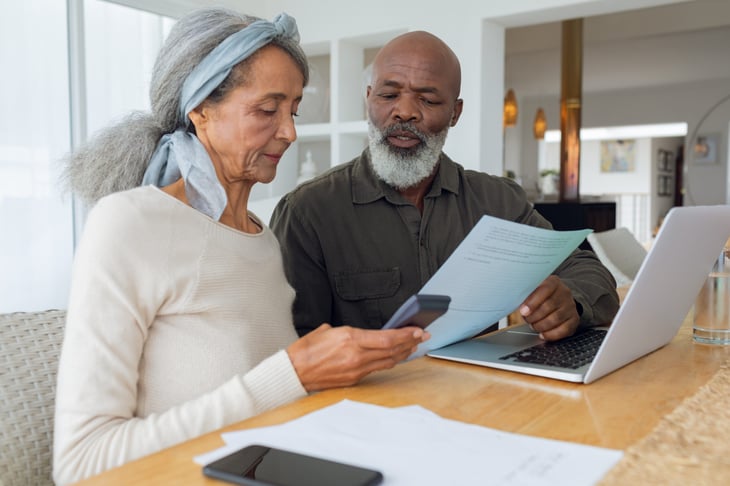
You can give this digital asset inventory list to an attorney or certified financial planner to include with other important estate planning documents, like your will.
Or you can print your digital asset list and keep it in a secure location at home. Just make sure a family member or trusted friend knows how to find it after you’re gone.
“If you don’t tell people what you’re thinking and where the documents are, it’s not going to help anybody,” said Barbara O’Neill, a certified financial planner and owner of Money Talk: Financial Planning Seminars and Publications.
Save Your List in Multiple Locations

O’Neill also suggests saving digital copies of your list in multiple locations.
“You may want one copy on the cloud and another on an external hard drive or USB that you keep in your safe at home,” she said.
Make sure to include the password or login key to your cellphone and/or computer on this list, too — especially if they’re needed for two-factor authentication.
You may want to consider setting up a password manager, which allows you to keep everything in one place and protect it with a single master password. Many password managers also have built-in sharing capabilities.
Keep in mind, digital estate planning includes more than just financial accounts.
Also Consider These Digital Assets

- Social media accounts
- Blogs and domain names
- Email accounts
- Cloud storage accounts
- Gaming accounts
- Streaming services and other digital subscriptions (Spotify, Netflix, Hulu, etc.)
If you run an online business or generate money online, make sure to include information on how you want these digital accounts managed after you die.
2. Set Up Beneficiaries for Your Online Financial Accounts

You can select beneficiaries for many financial accounts, including brokerage and retirement accounts.
Completing this simple paperwork will be a huge help to your family after you’re gone because beneficiary designations avoid probate — a lengthy (and often costly) legal process.
With beneficiary designations in place, all your loved one needs to do is contact the financial institution, inform them of your death and submit some paperwork (like the death certificate). Then the money is immediately transferred to the beneficiary’s control.
Most major online brokerage companies — including Fidelity, Charles Schwab, TD Ameritrade, Merrill Lynch and others — let you set up beneficaries.
For bank accounts, you must select an option called transfer on death (TOD) or payment on death (POD). The money in the POD account remains yours and under your control while you’re alive, and then passes to the designated beneficiary outside probate when you die.
How Do You Pick a Beneficiary?

You can usually find these forms in the account settings of your online financial accounts.
You’ll need to include the beneficiary’s name, date of birth, relationship to you and sometimes other information, like their Social Security number. Beneficiary forms are usually quick and easy to fill out.
There are two main beneficiary designations:
- Primary beneficiaries: The people who are first in line to inherit your assets.
- Contingent beneficiaries: These are essentially back-up beneficiaries. They will only inherit an asset if your primary beneficiary dies before you do or they refuse to accept the asset.
Picking Beneficiaries

You can name any living person or organization, including a nonprofit charity or trust, as your beneficiary. You can also (usually) name more than one beneficiary.
Remember: You can always change your designations later. In fact, it’s a good idea to review beneficiaries once a year or so, experts say. That’s because these designations override your will.
So if your ex-husband is still listed as the beneficiary of your old 401(k), he’ll get the money after you die — not your current husband or kids.
How Do Digital Assets Get Passed Down When You Die?

There are four main ways your assets get passed down to heirs.
- Beneficiary designation: Bank accounts, 401(k)s, life insurance policies and most brokerage accounts let you assign one or more beneficiaries who will receive your assets after you die.
- Joint account: If you have a joint account with someone else — or own property jointly with someone — that person becomes the sole owner after you die.
- Trust: Trusts are complex legal arrangements that allow assets placed inside the trust to avoid probate. However you need a lawyer to set one up and attorney fees can range from $1,000 to $2,500.
- Will: For everything else, you’ll need a will that spells out who receives your estate.
“If you’re a single person who’s just starting out, you don’t own a home and all you have is a bank account and a 401(k) with beneficiary designations, you may not need a will,” said certified financial planner Carolyn McClanahan, director of financial planning at Life Planning Partners.
But for most people it’s a good idea to have one, she said — especially if you’re facing an illness, coming up on retirement, or have a partner or children.
Why Creating a Will Is a Good Idea

Your family will need to go through probate — a time-consuming and often costly legal process — to obtain assets without joint ownership or beneficiary designations.
This is often necessary whether you have a will or not.
But the benefit of having a will is getting to choose who receives your money and assets when you’re gone. Think of it as your voice after you pass away.
Otherwise, state law decides who inherits your stuff.
It’ll save your family money, too. Going to court without a will can cost thousands of dollars, McClanahan said.
You can create a will online for $100 or less — but experts caution against a DIY approach. It may cost a little more, but speaking to an estate planning attorney is the best way to ensure your will is set up correctly.
Assign a Digital Executor

It’s best to name a digital executor in your will. A digital executor is the person who is responsible for handling your digital assets after you’re gone.
An executor is the person who takes on the legal responsibility of paying your final debts and making sure what’s left over is transferred to your beneficiaries.
Choose this person carefully.
Communicate Expectations With Your Digital Executor

Make sure to communicate with your intended digital executor and explain what’s expected of them. It’s important that you give explicit permission to your digital executor to log in using your passwords and act on your behalf.
However, logging into someone’s financial accounts to transfer money out before going through probate is illegal, said Manhattan-based estate planning attorney Andrew Park, founder of Anthony S. Park PLLC.
“Just because you have access to the account doesn’t mean you’re entitled to the money,” Park told The Penny Hoarder.
Plus, it’s unethical. “It’s like withdrawing all the funds from a bank account just because you have their ATM pin,” Park said. Your loved one might owe money to the IRS or have other debts you’re unaware of. If you transfer money out of their accounts in an effort to avoid probate, you’re committing a crime.
“Probate sucks but it’s necessary,” Park said. “Trying to avoid it like this could get you into a lot of trouble.”
What Happens If You Die Without a Will?

Dying intestate, or intestacy, is the legal term for dying without a will.
Each state has its own intestate laws that determine who gets your assets after you die. It can be a grueling process lasting several months or even years.
Once the court pays off your debts, your remaining assets go to your heirs — and the state decides who they are.
The Inheritance Pecking Order
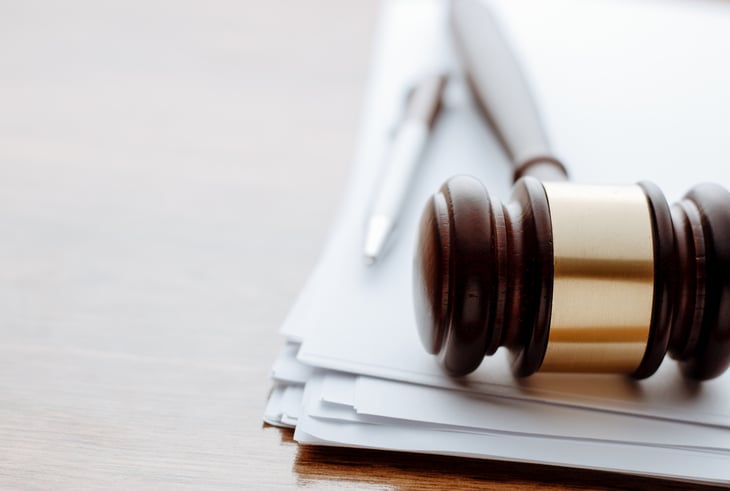
Intestate laws vary, but generally the inheritance pecking order is:
- Your spouse
- Your children
- Your parents
- Your siblings
Depending on your situation and location, the person who inherits your Robinhood account, cryptocurrency and everything else you owned may not be who you want.
Unmarried crypto investors take note: Do you really want your parents to inherit your bitcoin fortune? Would they appreciate it or even take the time to access it? On the other hand, your younger brother or cousin might really appreciate that kind of inheritance — and know exactly how to access it.
Without a will, decisions like this are out of your control.
Create a Legacy Contact for Your iPhone and Facebook

Money isn’t everything.
Sentimental assets — like your social media accounts, word documents and iCloud photos — can be more meaningful to your family than the $900 in your Robinhood account.
Some platforms make it easy for your loved ones to access these digital accounts after you die.
Apple, Google and Facebook are three of the biggest. But take time to consider all your digital accounts. If it’s important for other people to access them after you die, make sure to include them on your digital assets list.

Facebook lets you assign a legacy contact to your account who can help manage your memorialized page after you pass away.
A memorial account lets people post memories to your profile, but deactivates other features (like reminding your friends it’s your birthday when you’re dead).
Your legacy contact won’t be able to see your messages or post as you after you’re gone.
You can also skip adding a legacy contact altogether and simply request for your online account to be deleted after you die.
Here are step-by-step instructions on how to assign a legacy contact to your Facebook account.
Apple
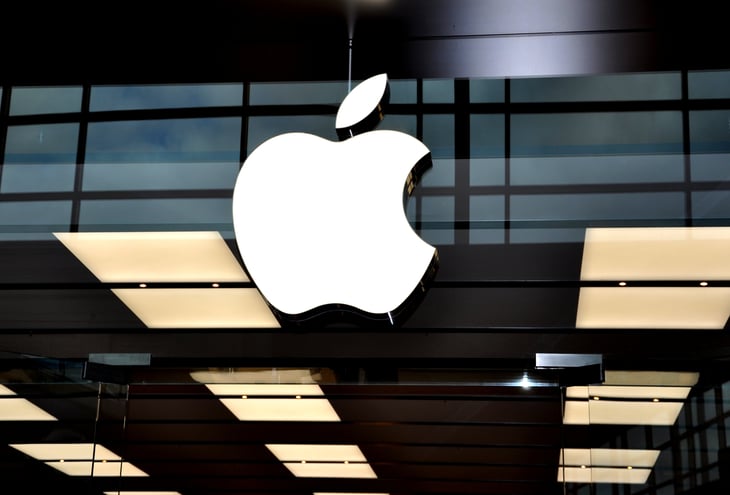
In late 2021, Apple rolled out its Digital Legacy program which lets you designate up to five contacts who can request your data in the event of your death.
Those named people can contact Apple to receive a copy of important digital assets stored in your iCloud and iCloud Backup, including your photos, movies, notes, voice memos and more.
Your legacy contact will need to accept the invitation and provide a copy of your death certificate to Apple before they can gain access.
After that, your trusted person can view the data on Apple’s Digital Legacy website and download what they want.
You must be fully updated with the latest operating system software to access Legacy Contact.
How to Set Up a Legacy Contact on Your iPhone
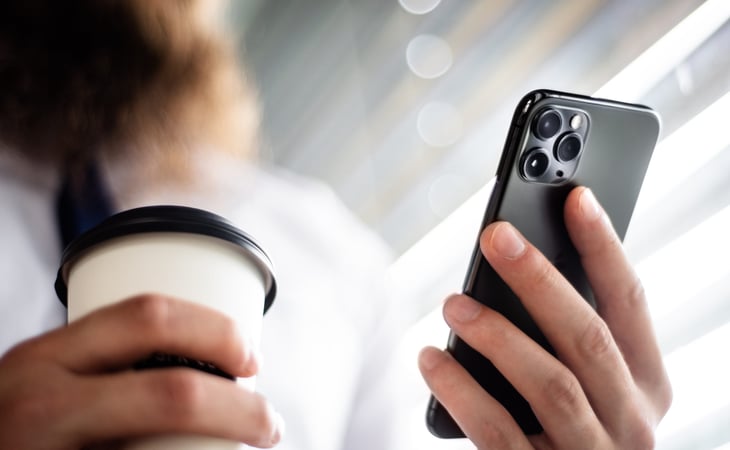
- Open your Settings app.
- In Settings, tap on your Apple ID profile at the top of the menu.
- Tap on Password and Security.
- Toward the bottom of this menu, tap on Legacy Contact.
An important note: Your legacy contact won’t get your iPhone unlock code for your home screen when you die. They also won’t be able to access your Keychain, so usernames and passwords won’t be available.
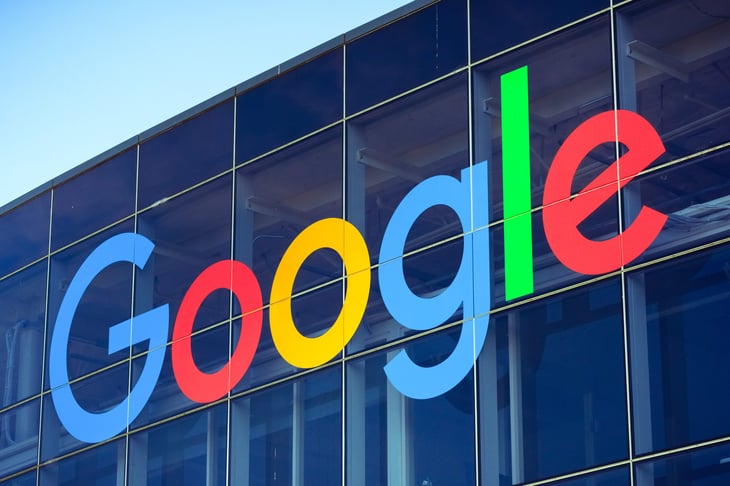
Google’s Inactive Account Manager feature lets users share parts of their account data if they’ve been inactive for a specified time.
Here are instructions from Google on how to set it up.
During set-up, you’ll decide when the inactive account manager will kick in, whom to notify and whether you want your account deleted.
You can then select up to 10 people as contacts, and specify exactly which Google assets they can access.
You’ll also provide a phone number and/or email address for yourself. Google will contact you a month before your set time is up to confirm you’re gone.
Finally, you can arrange for your entire account — and all affiliated accounts, like your YouTube account — to be deleted three months after it’s declared inactive.





Add a Comment
Our Policy: We welcome relevant and respectful comments in order to foster healthy and informative discussions. All other comments may be removed. Comments with links are automatically held for moderation.